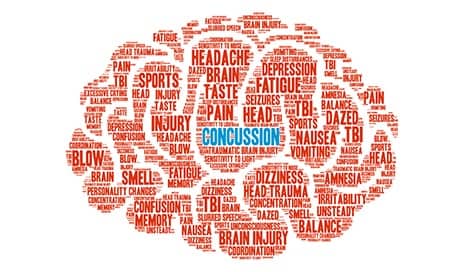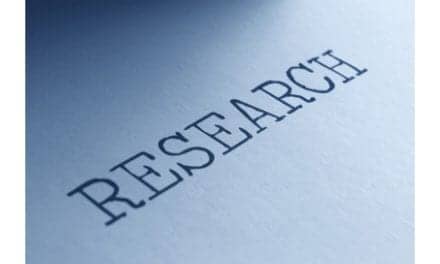Adolescent athletes who sustained concussions while playing a sport recovered more quickly when they underwent a supervised, aerobic exercise regimen, suggest University at Buffalo researchers, in JAMA Pediatrics.
The goal of the research was to evaluate prescribed, progressive sub-symptom threshold exercise as a treatment within the first week of a concussion in adolescents after a few days of rest. Sub-symptom threshold exercise is physical activity that doesn’t exacerbate symptoms.
In the study, reportedly the first randomized clinical trial of a treatment in the acute phase after a sport-related concussion, researchers followed 103 participants ages 13 to 18, with nearly the same number of males and females. All were seen within 10 days after sustaining a sport-related concussion at one of the UBMD Orthopaedics and Sports Medicine clinics in Western New York or at the Pan Am Clinic in Winnipeg, according to a media release from University at Buffalo.
Patients who followed the aerobic exercise program took on average 13 days to recover while those in the control group, who performed stretching exercises, took 17 days. In addition, fewer patients in the exercise program took longer than 4 weeks to recover than did patients in the control group.
“This research provides the strongest evidence yet that a prescribed, individualized aerobic exercise program that keeps the heart rate below the point where symptoms worsen is the best way to treat concussion in adolescents,” says John J. Leddy, MD, first author, clinical professor of orthopaedics in the Jacobs School of Medicine and Biomedical Sciences at UB, and director of the UB Concussion Management Clinic at UBMD Orthopaedics and Sports Medicine, in the release.
“Until now, nothing else has been proven in any way effective for treating concussion,” adds Barry S. Willer, PhD, senior author, director of research in the UB Concussion Management Clinic and professor of psychiatry in the Jacobs School. “This is the best evidence so far for a treatment that works.”
To determine how much exercise each patient could sustain without exacerbating symptoms, the researchers had each one undergo the Buffalo Concussion Treadmill Test, developed by Leddy and Willer, to determine at what level their symptoms worsen. As the patient walks on a treadmill, the incline is gradually increased and the heart rate is recorded at the point where concussion symptoms intensify.
“We prescribed exercise at 80 percent of that threshold,” Leddy explains, “so each patient’s exercise ‘dose’ was individually tailored.”
Patients were randomly assigned to the aerobic exercise group (52) or to a stretching group (51). Patients in both groups were sent home with a heart rate monitor so they could make sure they stayed below the threshold while exercising.
Both groups performed their assigned exercise for about 20 minutes each day and were required to report compliance and daily symptoms online. Those in the aerobic group either walked on a treadmill, rode a stationary bike, or walked either inside or out. Aside from the prescribed exercise, patients were advised to refrain from contact sports, gym class or team practice. They were given advice about getting schoolwork done and told to avoid excessive use of electronic devices, since that can also aggravate symptoms.
Each patient’s condition was re-evaluated weekly and as symptoms improved, the “dose” of exercise or stretching was increased, according to the weekly treadmill test results.
Recovery was rigorously defined, requiring agreement among three independent criteria: the patient’s reporting a normal (minimal) level of symptoms, a normal physical examination by a medical doctor, and the return of normal exercise tolerance on the Buffalo Concussion Treadmill Test. The physicians were blinded as to the group assignment of each participant.
One surprising finding was that only two participants out of 52 (4%) in the aerobic exercise group took longer than 4 weeks to recover compared to seven out of 51 (14%) in the stretching group. This did not reach statistical significance, but the scientific literature suggests, by contrast, that between 15% and 25% of adolescents who do not receive any treatment will be symptomatic past four weeks, the release explains.
“Reducing the number of concussed adolescents who have delayed recovery has major implications,” Willer comments, noting that delayed recovery creates more difficulty with schoolwork, can lead to depression, and puts additional demands on the health care system and its costs.
The researchers plan to investigate if the treatment is also effective in adults with concussion, per the release.
[Source(s): University at Buffalo, Science Daily]





